Understanding
EV Components
Electric vehicles (EVs) are
revolutionizing the way we think about transportation. As more people look to
reduce their carbon footprint and contribute to a more sustainable future, the
demand for EVs continues to grow. But what exactly makes an EV different from a
traditional Petrol car? The answer lies in its components.
In this article, we'll take a deep
dive into the world of EV components. We'll explore the essential parts that
make up an electric vehicle and how they work together to power sustainable
transportation.
EV Components: A Breakdown
Before we dive into the specifics,
let's take a look at the main components that make up an EV:
·
Battery Pack
·
Electric Motor
·
Power Electronics
·
Onboard Charger
·
Thermal Management System
Battery Pack
The battery pack is the heart of
an electric vehicle. It stores the electrical energy that powers the electric
motor. The battery pack is typically made up of thousands of individual cells,
which are connected in series and parallel to achieve the desired voltage and
capacity.
Types of Batteries
There are several types of
batteries used in electric vehicles, including:
·
Lithium-ion (Li-ion)
·
Nickel-metal hydride (NiMH)
·
Solid-state
·
Sodium-ion
·
Zinc-air
Lithium-ion batteries are the most
common type of battery used in EVs due to their high energy density, long
lifespan, and low self-discharge rate.
Battery Management System
The Battery Management System (BMS)
is responsible for monitoring the state of charge, temperature, and voltage of
each individual battery cell. The BMS ensures that the battery operates safely
and efficiently, and can also provide information to the driver about the
remaining range of the vehicle.
Electric Motor
The electric motor is what powers
the wheels of the electric vehicle. It converts electrical energy from the
battery into mechanical energy that drives the wheels. Electric motors are much
more efficient than internal combustion engines, with efficiency rates of up to
95%.
Types of Electric Motors
There are several types of
electric motors used in EVs, including:
·
Brushed DC motor
·
Brushless DC motor
·
AC induction motor
Brushless DC motors are the most
common type of motor used in electric vehicles due to their high efficiency,
reliability, and low maintenance requirements.
Regenerative Braking
One of the unique features of
electric motors is regenerative braking. When the driver applies the brakes,
the electric motor acts as a generator, converting the kinetic energy of the
vehicle into electrical energy that can be stored in the battery. This process
helps to extend the range of the vehicle and reduce wear on the brakes.
Power Electronics
Power electronics are responsible
for controlling the flow of electrical energy between the battery, motor, and
other components of the vehicle. They ensure that the electrical energy is
distributed efficiently and safely throughout the vehicle.
Inverter
The inverter is a key component of
the power electronics system. It converts the direct current (DC) from
the battery into alternating current (AC) that is used to power the
electric motor. The inverter can also control the speed and torque of the
motor, allowing for smooth and efficient operation.
DC-DC Converter
The DC-DC converter is responsible
for converting the high-voltage DC from the battery into the lower-voltage DC
that is used to power other components of the vehicle, such as the lights,
audio system, and HVAC system.
Onboard Charger
The onboard charger is responsible
for converting AC power from an external source (such as a charging station)
into DC power that can be stored in the battery. The charger can also monitor
the state of charge of the battery and adjust the charging rate as needed.
Types of Charging
There are three types of charging
for electric vehicles:
·
Level 1 Charging: This is
the slowest type of charging, with a charging rate of around 3-5 miles of range
per hour. Level 1 charging uses a standard household outlet and is typically
used for overnight charging.
·
Level 2 Charging: This type
of charging is faster than Level 1, with a charging rate of around 15-30 miles
of range per hour. Level 2 charging requires a dedicated charging station and
can be used for both overnight charging and fast charging during the day.
·
DC Fast Charging: This is
the fastest type of charging, with a charging rate of up to 300 miles of range
per hour. DC fast charging requires a specialized charging station and can
charge the battery to 80% capacity in around 30 minutes.
Charging Time and Range
The time it takes to charge an
electric vehicle depends on several factors, including the type of charging,
the size of the battery, and the charging rate. The range of an electric
vehicle also varies depending on these factors, as well as driving conditions
and driver behavior.
Thermal Management System
The thermal management system is
responsible for regulating the temperature of the battery and other components
of the vehicle. Electric vehicles generate a significant amount of heat during
operation, and the thermal management system helps to keep the components
within safe temperature limits.
Types of Thermal Management
There are two types of thermal
management systems used in electric vehicles:
·
Liquid Cooling: This type
of system uses a liquid coolant to absorb heat from the battery and other
components, which is then dissipated through a radiator.
·
Air Cooling: This type of system uses a
fan to circulate air over the battery and other components, which helps to
dissipate heat.
Importance of Thermal Management
Proper thermal management is critical for the safe and efficient operation of electric vehicles. If the battery or other components overheat, it can reduce the lifespan of the components and even pose a safety risk to the driver and passengers.
FAQs
How long do EV components last?
The lifespan of EV components
varies depending on several factors, including the type of component, driving
conditions, and maintenance. Batteries, for example, typically last between 8-10
years or around 100,000 miles.
Can EV components be recycled?
Yes, many EV components can be
recycled, including batteries, motors, and power electronics. Recycling these
components helps to reduce waste and conserve natural resources.
How much does it cost to replace EV components?
The cost of replacing EV components in India can vary
depending on the type of component and the vehicle model. Batteries, for
example, can cost anywhere from Rs. 1 lakh to Rs. 10 lacks or more
to replace. Other components, such as motors and power electronics, can also be
expensive to replace. However, the cost of EV components in India is expected
to decrease in the coming years as the technology becomes more widespread and
production scales up. Additionally, some EV manufacturers offer warranty and
maintenance plans that can help to reduce the cost of replacing components.
Conclusion
Electric vehicles are the future
of transportation, and understanding their components is essential for building
a sustainable future. From the battery pack to the thermal management system,
each component plays a critical role in powering electric vehicles. By
continuing to innovate and improve these components, we can accelerate the
transition to a cleaner, more sustainable transportation system.
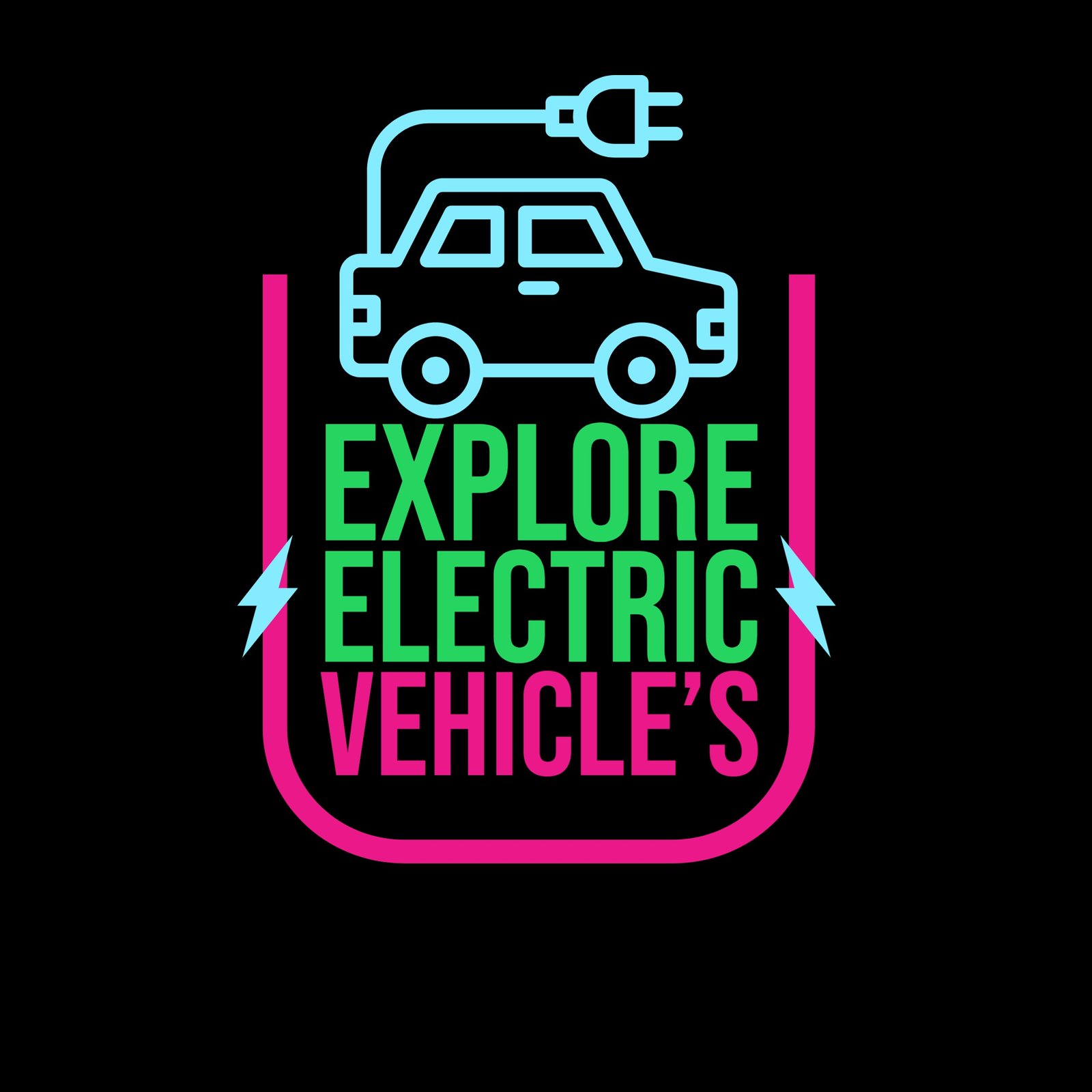





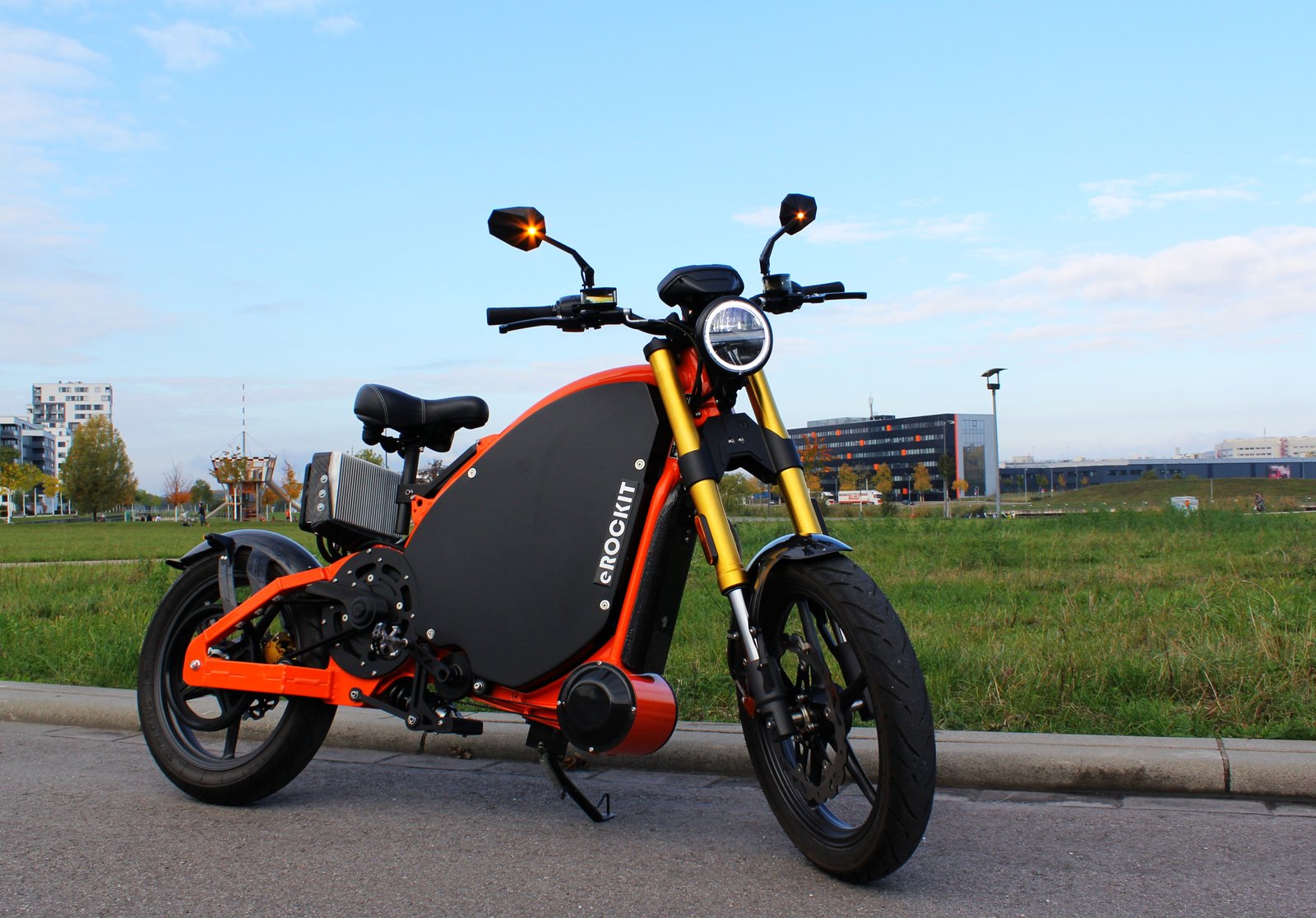

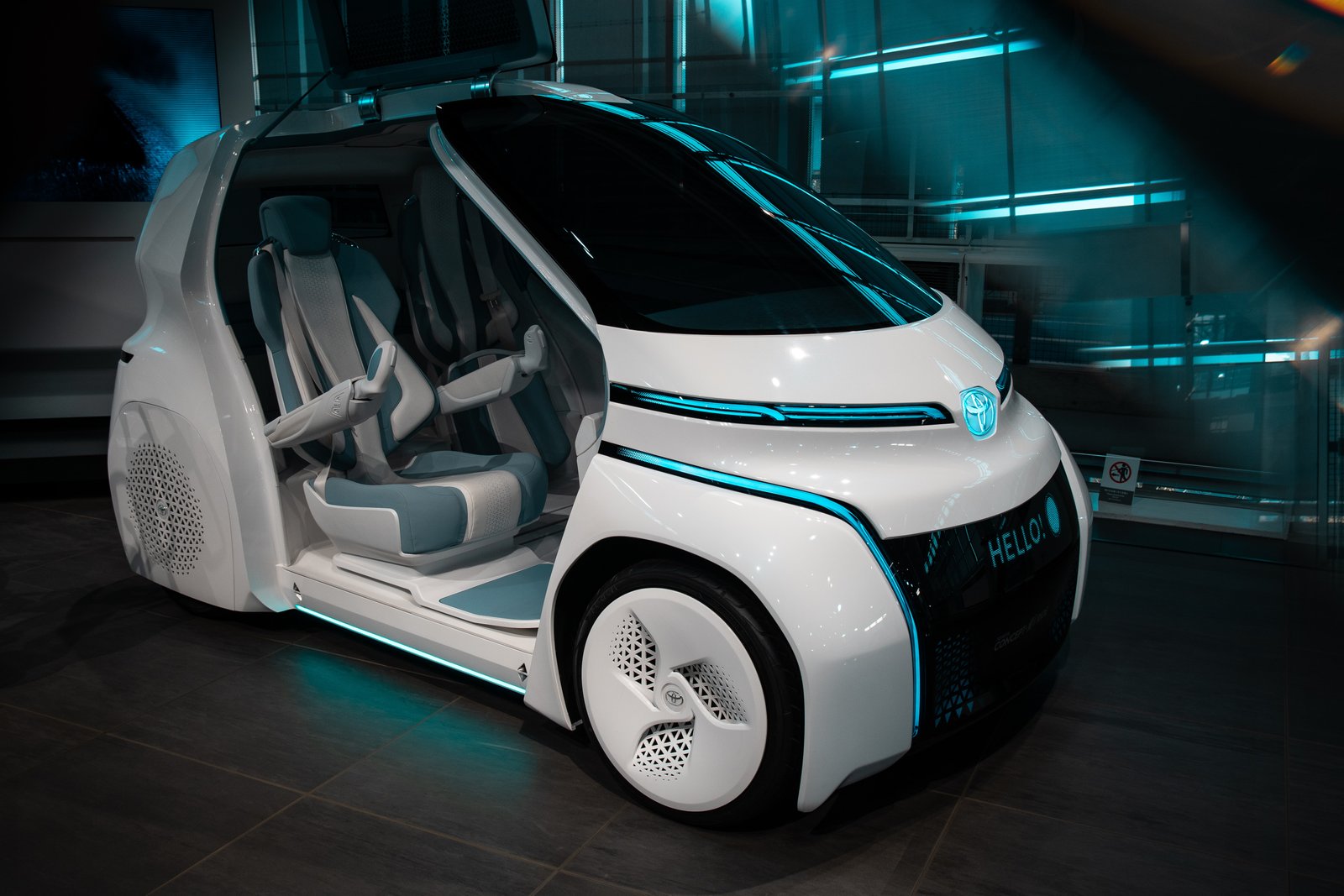



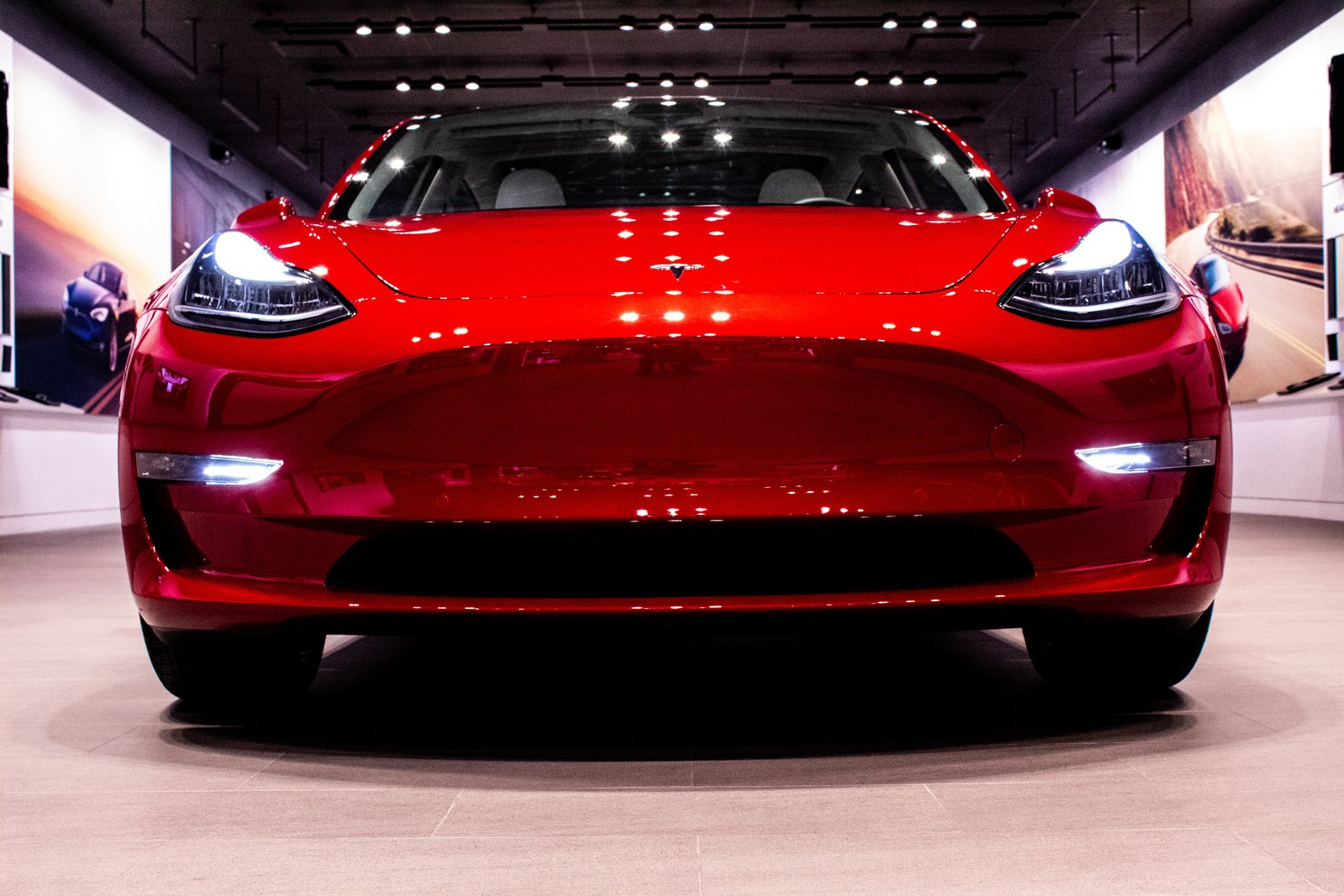
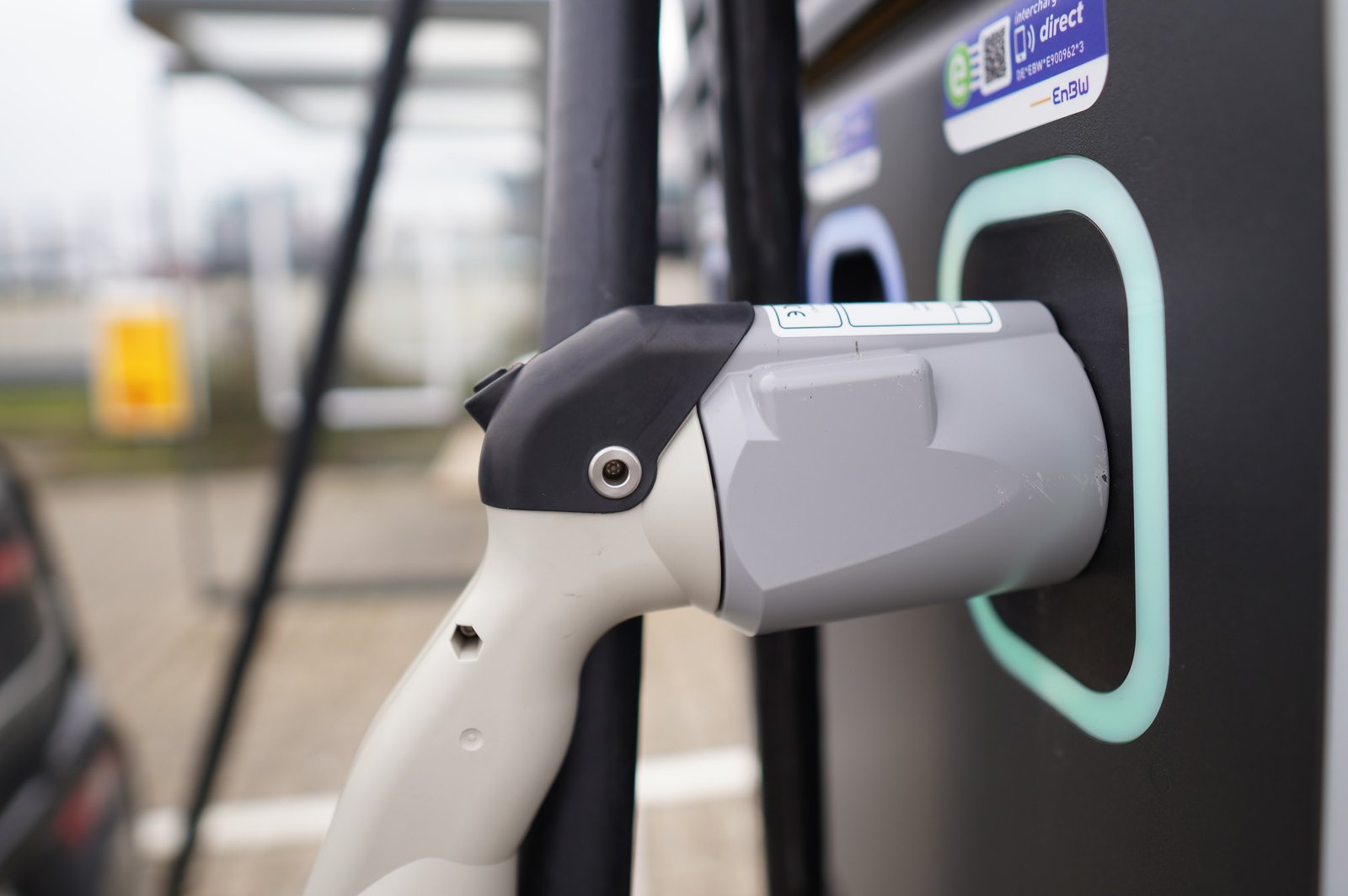


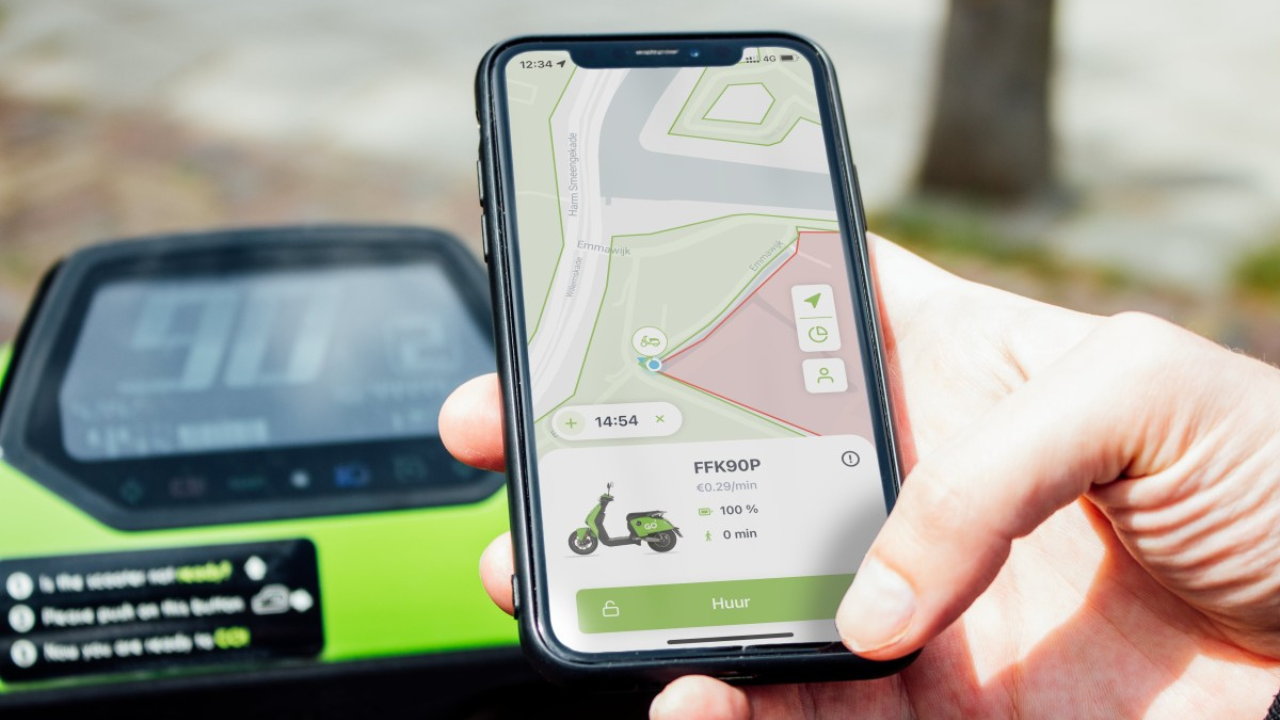
Leave a Comment